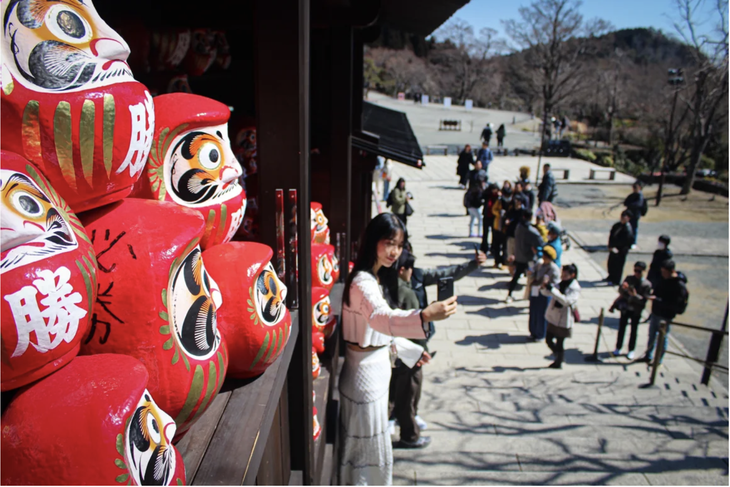
Daruma dolls have deep significance in Japanese culture - Photo: REBECCA CAIRNS/CNN
According to CNN , Daruma dolls also have a deep meaning in Japanese culture. Behind each doll is a ritual full of determination and hope.
Daruma Temple in Japan
At the 1,300-year-old Katsuo-ji temple, located about an hour from central Osaka in Minoh National Park, thousands of Daruma dolls are found in every corner.
According to the temple, Katsuo-ji became known as the "Daruma Temple" about 100 years ago, which is when it began selling these dolls.
Daruma is considered a lucky charm in Japan and a symbol of determination and ambition, and has also become one of the most recognizable and popular souvenirs in the country.
“There is a whole process when you buy a Daruma doll,” explains Marco Fasano, an Italian tour guide living in Japan.
"You need to think about what you want to achieve, write your wish on the doll, paint one eye, purify the doll with incense, and then carry it with you," he said.
Unlike other lucky charms or rituals, Daruma dolls are not simply meant to make a wish come true.
“Every time you look at the Daruma doll, you need to remember your wish and ask yourself, ‘What will I do today to achieve that goal?’ This is a way to remind you that you need to work hard to achieve your dream.”
The second eye is only painted in once the goal has been achieved, at which point the Daruma doll can be returned to the temple. “When you go to the temple and see all the other people’s wishes fulfilled, it’s proof that you can have your wish fulfilled too,” Fasano said.

Round in shape, red in color and with a frowning expression, the Daruma doll represents Bodhidharma - Photo: REBECCA CAIRNS/CNN
Symbol of perseverance
Round in shape, red in color, and with a frowning expression, the Daruma doll represents Bodhidharma (in Japanese "Daruma"), the founder of Zen Buddhism.
Believers believe that the monk meditated for so long that he lost his limbs, which is reflected in the doll's round shape, with a heavy bottom so that it bounces back up when knocked over.
“The doll became a symbol of perseverance,” Fasano says. “In Zen, the answer is always within you.”
Another legend says that the monk cut off his eyelids so he wouldn't fall asleep while meditating - which explains the doll's wide-open eyes.
Daruma dolls contain many auspicious images, from the lucky red color to the thick eyebrows and long beard, representing the crane and turtle - two animals associated with longevity and luck in Japanese culture.
Katsuo-ji Temple is not the only “Daruma temple” in Japan. In nearby Kyoto, Hōrin-ji Temple, also known as “Darumadera,” is home to some 8,000 Daruma dolls. Many of them are housed in a special building built by donations from devotees.
About 80% of Daruma dolls in Japan are produced in Takasaki, a town in Gunma Prefecture in the Kanto region. Here, the traditional craft of making Daruma out of papier-mâché has a history of about 200 years.
Source: https://tuoitre.vn/bup-be-daruma-la-gi-ma-ai-den-nhat-ban-cung-mua-ve-20250411123949824.htm



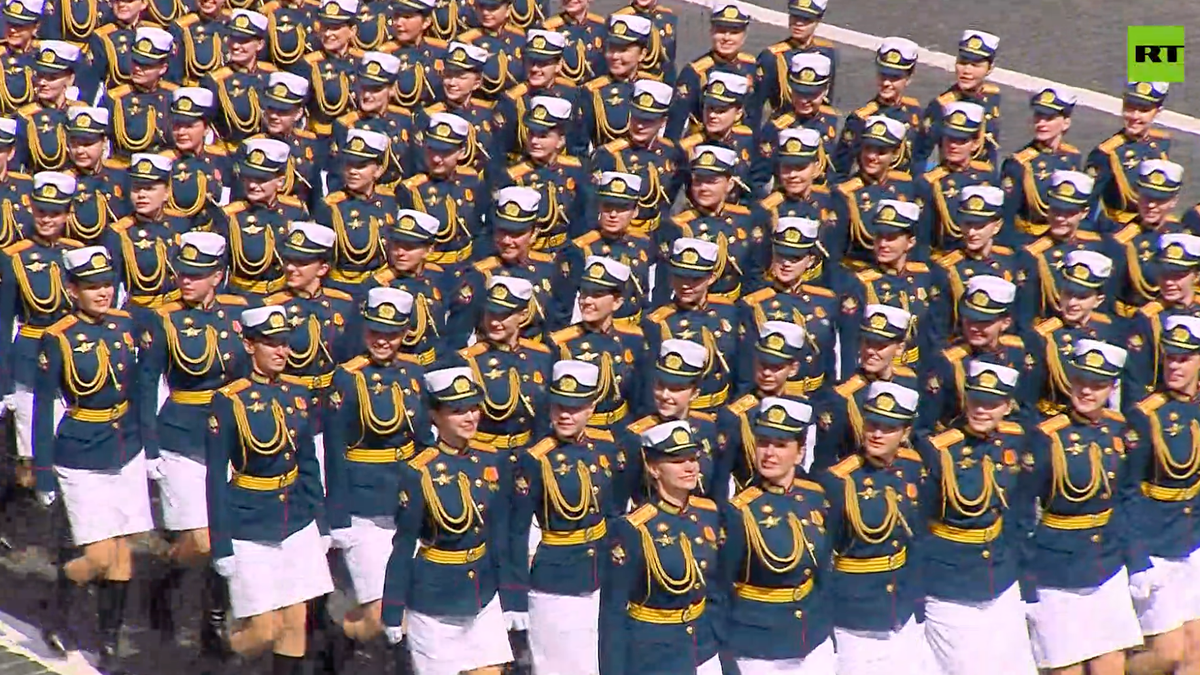
![[Photo] Prime Minister Pham Minh Chinh chairs a special Government meeting on the arrangement of administrative units at all levels.](https://vphoto.vietnam.vn/thumb/1200x675/vietnam/resource/IMAGE/2025/5/9/6a22e6a997424870abfb39817bb9bb6c)
![[Photo] Magical moment of double five-colored clouds on Ba Den mountain on the day of the Buddha's relic procession](https://vphoto.vietnam.vn/thumb/1200x675/vietnam/resource/IMAGE/2025/5/9/7a710556965c413397f9e38ac9708d2f)
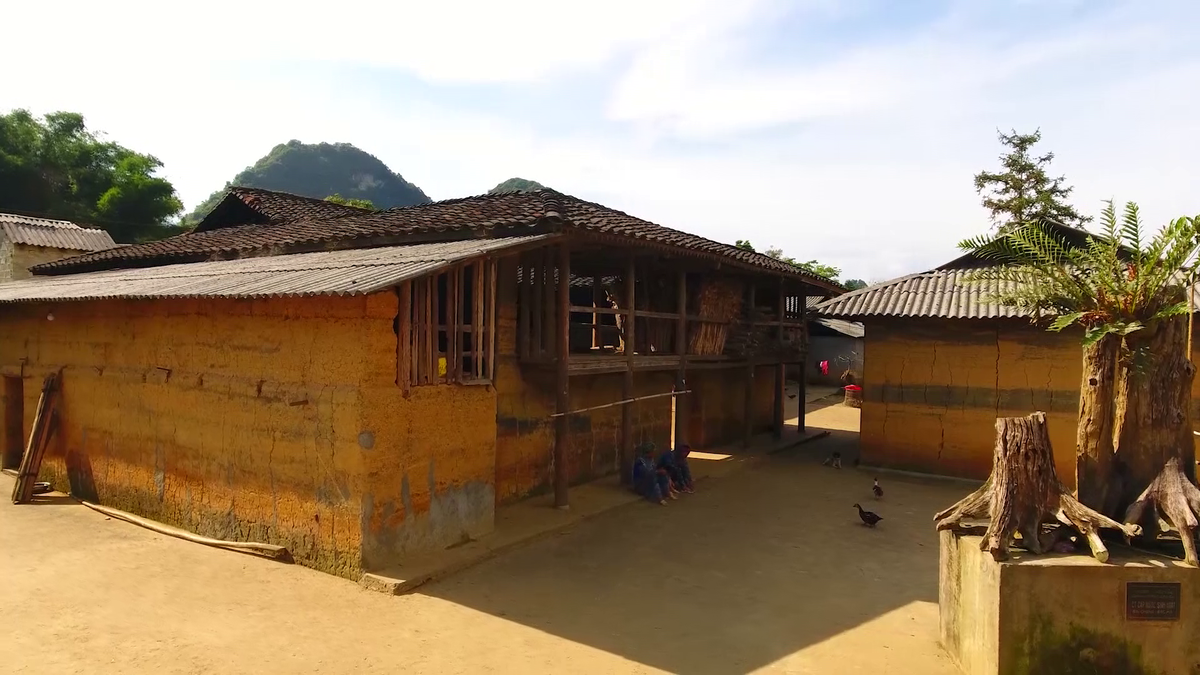



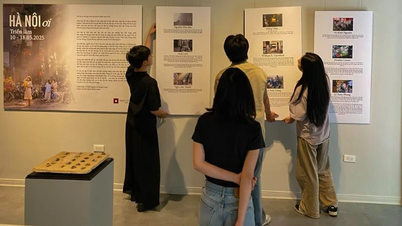

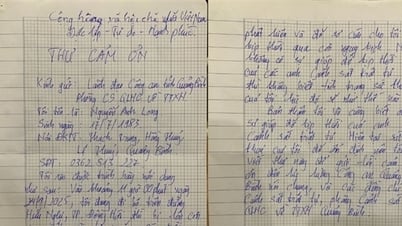











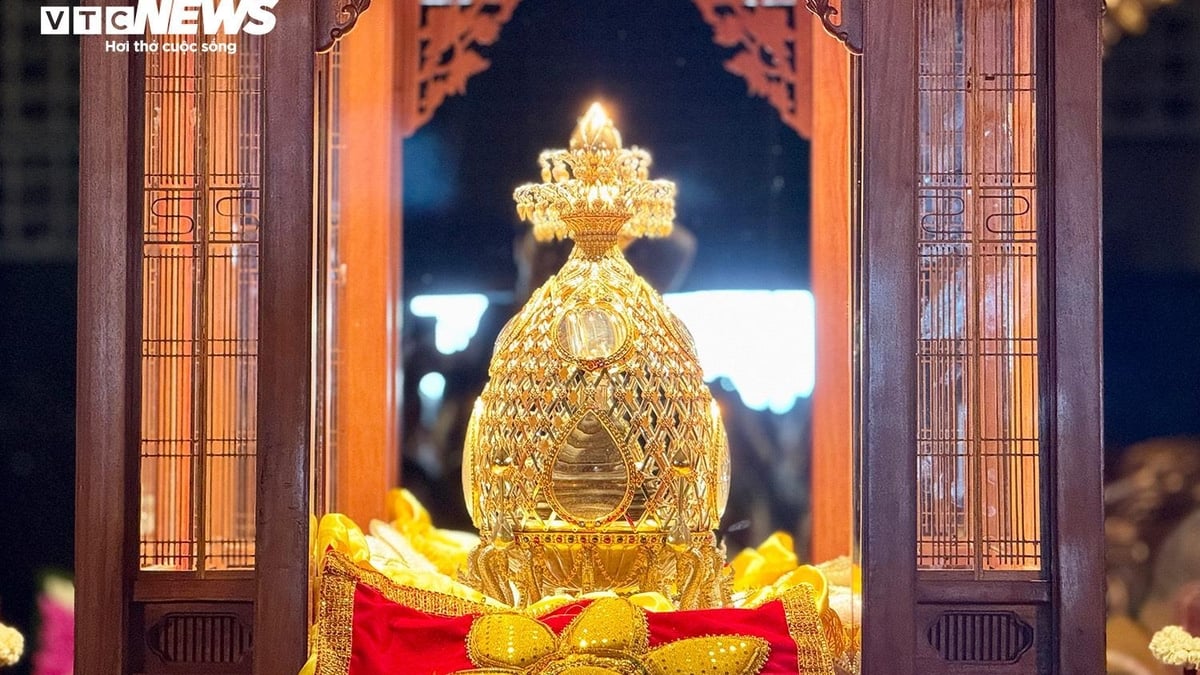







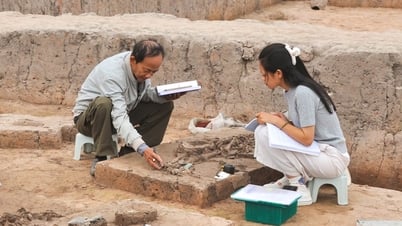
































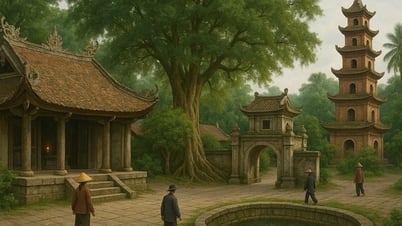
























Comment (0)